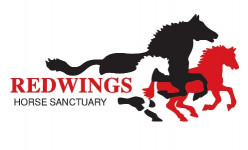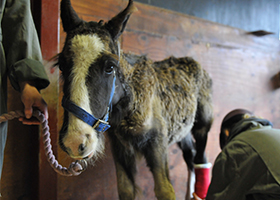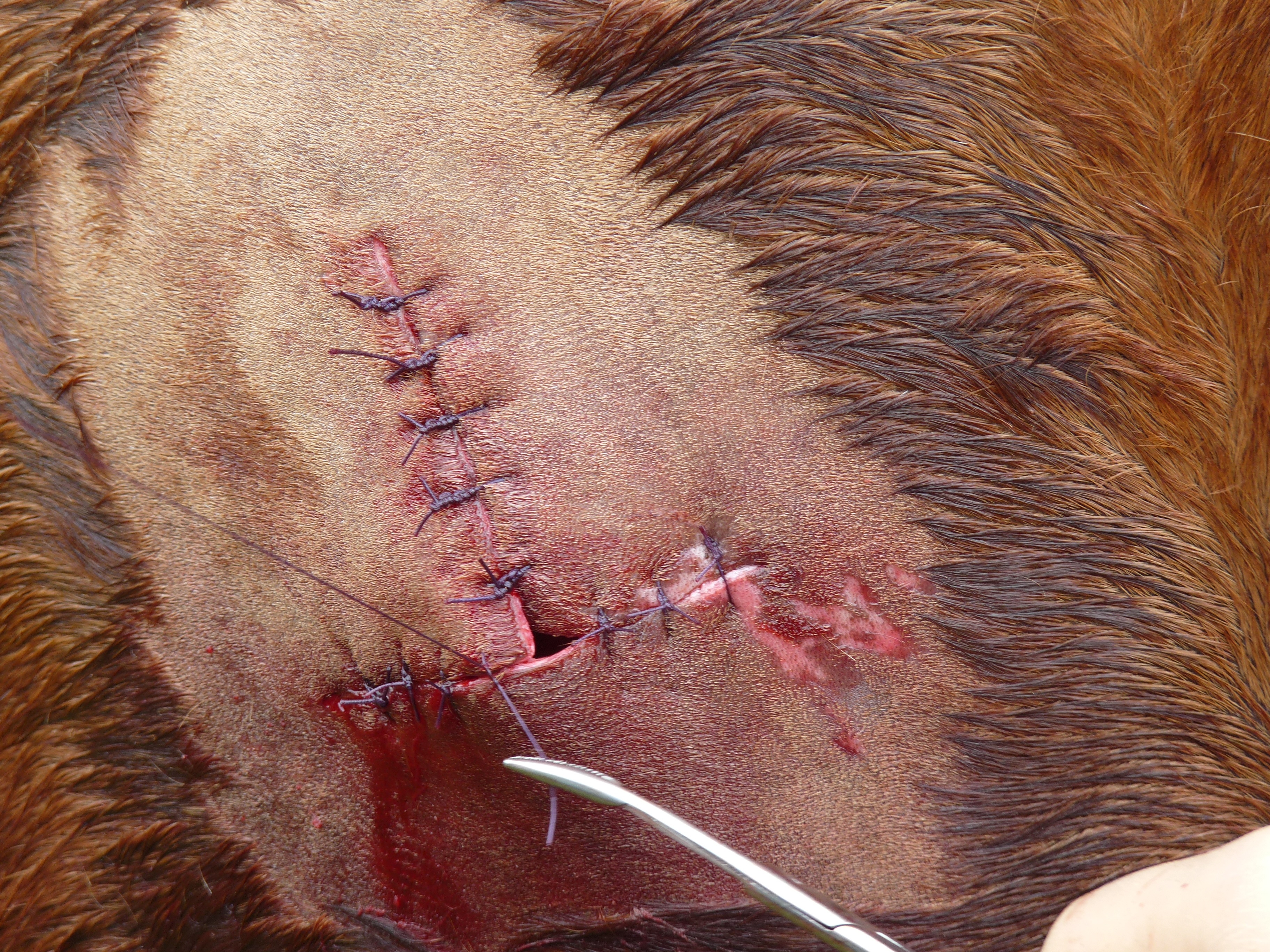Posted: 8th July 2019 | Back to news feed

How are your first aid skills? As flight animals, horses are prone to injury and most owners will have to deal with a wound from time to time. Some may be minor, some may be more serious, but being prepared and having practical skills to draw on will help you to help your horse, whatever kind of wound you may be faced with.

Each wound needs assessing and treating individually, but there are some golden rules that will help you make the right decision, whatever you’re faced with.
Stay safe and don’t panic. Being injured yourself won’t help your horse. Keep a clear head, get help from a friend if you can, and if in doubt ring your vet.
Location, location. Always contact your vet about a wound that is located on or close to a joint, tendon, bone, eye, ear, tongue or nostril.
Appearances can be deceptive. Large, open wounds can be distressing to see, but a small puncture wound may be more dangerous, especially if it is on or near a joint.

Check the whole horse. Look for lameness, dullness, sweating, raised respiration or unusual behaviour. If you can do it safely, check the horse’s rectal temperature and pulse. Raised levels may indicate pain or infection.
Don’t remove embedded objects. It can be instinctive to take out something that shouldn’t be there, but your vet will have a much better chance of assessing the situation if the object is still in place. Use padding to help prevent a foreign body being pushed further into the wound. If you have no choice but to remove the object, take as many photos and videos as you can from all angles to help determine exactly what may have been damaged internally.
The solution to pollution is dilution. If you can, clean dirt and debris from around the wound with warm water, or a saline solution. Avoid applying products to an open wound unless directed by your vet – some can interfere with the body’s natural healing process.
Monitor a healing wound. Be alert to any sign of infection, such as weeping, a yellowish appearance, heat or unexpected swelling or tenderness. Mobile parts of the body can be slowest to heal. Work with your vet to reduce movement where possible or find other ways to support the body’s natural healing processes.
Don’t forget Tet!
Tetanus loves wounds and horses are particularly susceptible to the disease. Early signs may take up to two weeks to appear, including stiffness and hypersensitivity to touch and sound, quickly progressing to muscle spasms and an inability to eat and drink. This distressing disease is fatal in over 75% of cases.
Preventing tetanus is simple with a primary vaccination course, maintained by a booster every two years. Boosters can be administered as a joint inoculation with vaccination against equine flu, making it even easier and cheaper!
You can’t always prevent a wound, but you can prevent tetanus!
For more practical information and ideas on first aid for wounds, simply download Redwings’ free Wound Wisdom advice leaflet!
To help us learn more about wounds and how they heal, the British Horse Society is working with Nottingham University on a wounds research project. They are looking for case studies, so if your horse does sustain a wound, please support the project by sharing your experience at www.bhs.org.uk/our-work/welfare/wounds-project
The Equestrian Index newsfeed is compiled from articles submitted by advertising members and expresses the opinions of those members. Watsons Directories Ltd shall not be held liable for any inaccuracies or mis-statements therein.
